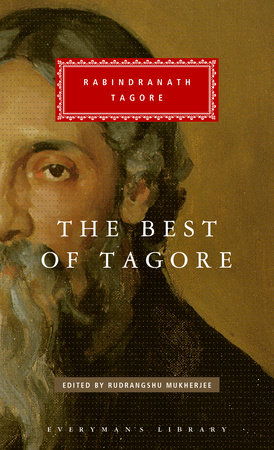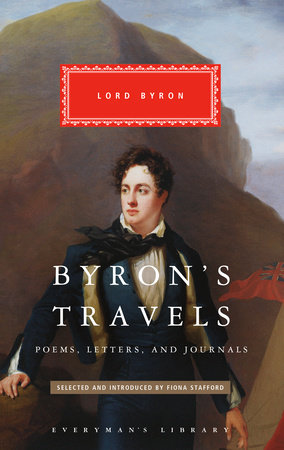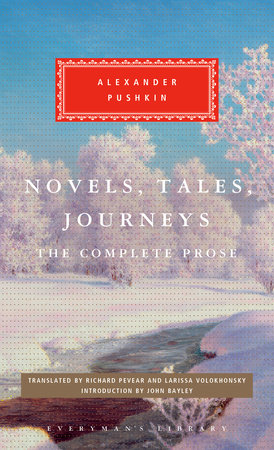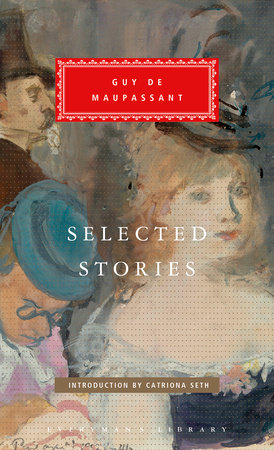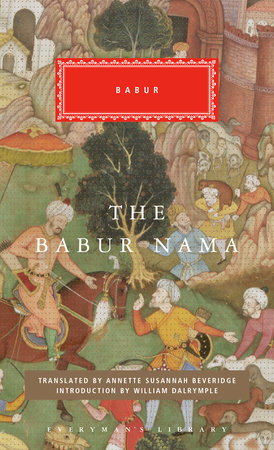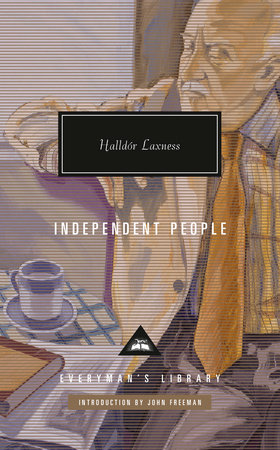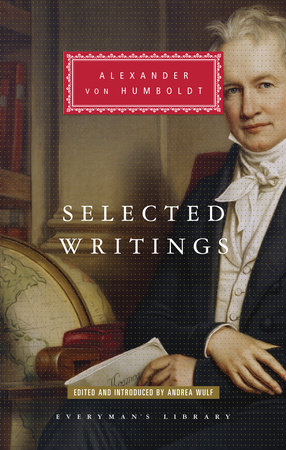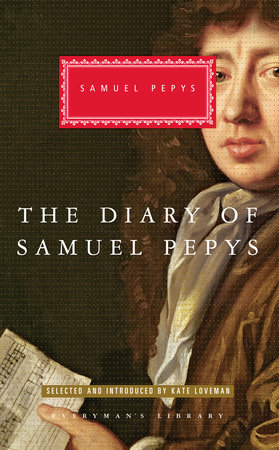Excerpt
The Best of Tagore
excerpt from the Introduction by Rudrangshu Mukherjee
The diversity of Rabindranath’s creative oeuvre matched that of his work in the sphere of education and social reform. He himself said that he was a ‘messenger of variety’ and on his
seventy-fourth birthday described his life as ‘a garland of many Rabindranaths’. In literature he made lyric poetry the anchor of his creativity. His poems range from Bengali verse-forms to
sonnets and blank verse that he imbibed from Western literature and adapted for the Bengali language. Many of his later poems were composed in free verse. His themes are similarly varied:
simple human concerns; love, both human and devotional; the natural world; politics. There is satire, humour, and even nonsense. He shows a sensitivity to the world of children and
women. The mood of his poetry at times seems to reflect the various seasons, moving seamlessly from the uncomplicated to the philosophically profound. In the words of Professor Sukanta Chaudhuri, a leading authority on Rabindranath, he ‘sets out to be the poet of everything there is, and succeeds in improbable measure in this impossible venture’.
Much of Rabindranath’s poetry was inextricably linked to his songs. He had no formal training in music, but he was born with an unerring ear and, before age took its toll, a powerful and outstanding singing voice. His musical compositions were eclectic. He drew from Western tunes and ballads as well as from North Indian and Carnatic classical music and from various types of
Bengali music-making, especially from the
bauls (wandering folk singers). Many of his songs are stirring, moving and patriotic (one such song, ‘Jana gana mana adhinayaka’ – Thou art the
ruler of the minds of all people – is the national anthem of India); others celebrate nature. His best songs are invariably touched by an ineffable poignancy. His love songs blur the distinction
between the profane and the sacred. There has been no lyricist and music-maker like him in the Bengali language. Bengalis remember Rabindranath through his songs – in their festivals,
in their joy and in their sorrow.
Rabindranath’s prose fiction consists of his short stories, his novels and novellas. The immediate context of his early short stories has already been discussed. When he was barely twenty, he began his fi rst novel,
Bauthakuranir hat (The Young Queen’s Market), inspired by the work of Bankim Chandra Chattopadhyay, whose novels he read with great enthusiasm and attention. For Rabindranath, his prose fiction, like much of his creative endeavour, was a world of experimentation: in form, in themes and in narrative techniques. In the very first story of
Galpaguccha, ‘The Ghat’s Story’, he made the
ghat, the steps or the landing site of a riverbank, the narrator. In
Ghare Baire (The Home and the World), the novel unfolds through the narrative
voices of the three principal characters, each of them presenting an account from their own perspective. In other novels, most notably in
Gora, he followed a linear narrative.
Gora traces the eponymous protagonist’s journey from orthodox Hindu, working restlessly among the rural poor, to the discovery, first, of his true identity as the orphan child of Irish parents – his father
had died during the 1857 revolt, his mother in childbirth – and then, in a moment of epiphany, of the rich plurality of Indianness represented by his adoptive mother Anandamayi, who had brought him up, eschewing all the caste taboos, as her own son. In his novels, as well as in some of his short stories, he examined the world of domesticity and the complex web of human relationships embedded within the home and the family.
One of the most remarkable features of his fictional world was Rabindranath’s exploration and depiction of the lives of women – their interiority, their anguish, the discrimination and neglect
they suffered, and their strengths. All these are manifest most powerfully in ‘Nashtanirh’ (The Broken Nest, which Satyajit Ray made into a film called
Charulata), and in ‘Streer Patra’ (The Wife’s Letter). Rabindranath, however, did not restrict himself to merely representing the condition of women; through Damini, one of the main characters in
Chaturanga (Quartet), he
sought to portray the quest of a women to liberate herself from sorrow and seek independence and personal fulfilment. Her quest remains incomplete but is no less poignant and moving for that. In some ways, Rabindranath’s own walks through what Umberto Eco has tellingly called ‘the fictional woods’ remain incomplete because he was forever experimenting with themes,
form and language.
The mention of language is important: through his prose in both his fiction and his discursive essays, Rabindranath actually shaped and moulded the modern Bengali language. He built upon the legacy of Bankim Chandra but chose not to adopt the latter’s highly Sanskritized Bengali. Rabindranath was a selfconscious stylist and his style never remained static. He broke from tradition and broke again and again from his own style. He refused to conform even with the standards he himself had set.
All these features made him a supreme creative figure not just of his own time and his own country. As the Second World War raged, Rabindranath, appalled by ‘the orgy of terror’ unleashed in Europe, wrote an address in Bengali for his eightieth birthday celebrations at Santiniketan in 1941. He titled the speech ‘Sabhyatar Sankat’ (Crisis in Civilization) and it is often and rightly considered his last testament. In this address, Rabindranath announced his complete disillusionment with Western civilization and its vehicle in India, British rule. He admitted that his initial fascination for things British had grown out of his profound admiration for English literature. But he had pulled himself away from his preoccupation with literature and, when faced with the reality that was India, had come to recognize that the standard-bearers of civilization could disown their standards when it suited their self-interest. The poverty of the people, the absence of basic amenities like food, clothes, water, education and health made it evident that the so-called civilized race was utterly and contemptuously indifferent to the sufferings of millions of Indians. He was forced to admit to himself that in no other state with a modern administration had such neglect occurred. Rabindranath was no longer willing to describe British civilization as civilization. In spite of this disillusionment and the ruin and devastation that he saw all around the world, Rabindranath refused to abandon hope. The address ends, as the last article of his creed, with a cry of hope:
“I had at one time believed that the springs of civilization would issue out of the heart of Europe. But today when I am about to quit the world that faith has gone bankrupt altogether. As I look around I see the crumbling ruins of a proud civilization strewn like a vast heap of futility. And yet I shall not commit the grievous sin of losing faith in Man. I would rather look forward to the opening of a new chapter in his history after the cataclysm is over and the atmosphere rendered clean with the spirit of service and sacrifi ce. Perhaps that dawn will come from this horizon, from the East where the sun rises. A day will come when unvanquished Man will retrace his path of conquest, despite all barriers, to win back his lost human heritage.”
Rabindranath’s faith in ‘unvanquished Man’ was an integral part of his world view which drew sustenance from the philosophy and the wisdom of the Upanishads. This faith had given him the strength to transcend great personal sorrow: the loss of his wife, Mrinalini, in 1902; the death of his second daughter, Renuka, the next year; and then the cruellest cut of all, the death of his youngest son, Samindranath, in 1907. (It needs to be underlined that it was precisely when Rabindranath was enduring this series of bereavements that he was involved in the anti-Partition protests.) It was from the Upanishads that Rabindranath derived his sense of piety and the idea that strength had to be organic and internal. But his faith and piety were not blind; they were capacious enough to admit questions and radical doubt. In 1926, as he witnessed religious riots, he wrote, ‘Honest atheism is much better than this terrifying deluded religion . . . I cannot see any solution except to burn all India’s misguided religious faith in the flames of atheism and make an absolute fresh start.’
In 1939, when he heard an account about a young girl who had been raped and murdered, he cried out: ‘The godly faith of the scriptures scatters with the dust. The sky rings out: there is no
escape, no redress.’ The doubt was most starkly expressed in the poem ‘Question’ (1931). Addressing God, the poet begins, ‘Era after era you have sent messengers who preached love and forgiveness . . .’ but at the end he asks, ‘Those who have made your air toxic, put out your light, have you forgiven them, have you loved them?’ The question unanswered – and unanswerable – constitutes a radical doubt. Rabindranath lived with such unanswered questions. In one of his last poems composed on 27 July 1941, ten days before his death – he posed yet another one:
“The sun of the first day
Had asked the question
At the new emergence of Being
Who are you –
No answer was found
Years and years passed
The day’s last sun
Uttered the last question on the shores
Who are you –
Did not get an answer.”
Perhaps because of his doubt, he could describe, in his very last poem, life and creation to be deceptive. Through his multifaceted creativity, his questions and doubts and his unswerving
hope in humanity, Rabindranath left behind a legacy which the world can ignore only at its own intellectual impoverishment and peril.
The selection that follows is of course a very small part of Rabindranath’s prolific output. The attempt has been to present all the aspects of his creativity save his paintings and his letters.
Each section is chronologically arranged. The notes at the back provide dates of publication, the names of the translators and the sources.
--Rudrangshu Mukherjee


